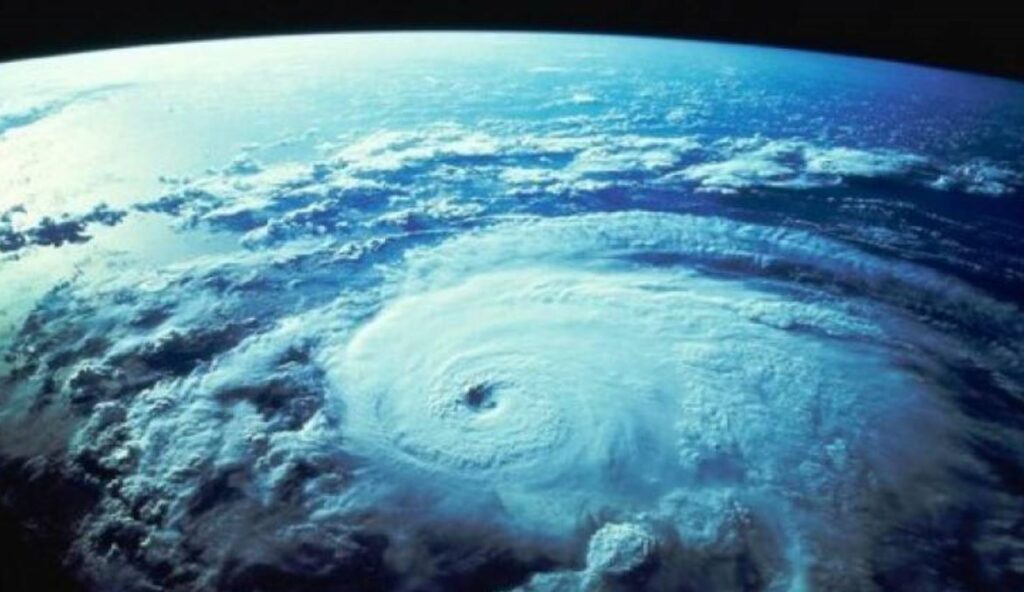A recent international report, prepared by a team of United Nations experts, showed that the global phase-out of ozone-depleting chemicals has already helped drive efforts to mitigate climate change, and that the ozone layer is on the right track to recover within four decades.
The report, prepared by the Scientific Assessment Panel for the Montreal Protocol on Substances that Deplete the Ozone, was revealed during the 103rd annual meeting of the American Meteorological Society this week, and the World Meteorological Organization and the United Nations Environment Program published a joint statement on the occasion of the report’s release.
The assessment report, which is published every four years, confirmed that the phase-out of about 99% of the banned depleting substances had succeeded in protecting the ozone layer, which led to its remarkable recovery in the upper “stratosphere” layer, and a decrease in human exposure to harmful ultraviolet radiation emitted from the atmosphere. the sun.
Promising predictions for the recovery of the ozone layer
The report indicated that if the current policies remain in place, the ozone layer is expected to recover to what it was in 1980, when the “ozone hole” began to appear 43 years ago, and by 2066 it will appear over the Antarctic region, and by 2045. over the Arctic, and by 2040 for the rest of the world.
Although the differences in the size of the ozone hole, in Antarctica, especially between 2019 and 2021, were largely driven by weather conditions, nevertheless, the ozone hole in Antarctica has been slowly improving in terms of area and depth since 2000.
“It is fantastic that the ozone recovery is on track, according to the most recent quadrennial report, and the impact of the Montreal Protocol on climate change mitigation cannot be overemphasized,” said Meg Seki, Executive Secretary of the Ozone Secretariat at UNEP. .
Seki added that the Montreal Protocol has become a true champion of the environment over the past 35 years, noting that the assessments and reviews conducted by the Scientific Assessment Team remain a vital component of the Protocol’s work, helping to inform policymakers and decision makers.
The Montreal Protocol provides a global agreement to protect the ozone layer by phasing out ozone-depleting chemicals. This historic agreement entered into force in 1989 and is considered one of the most successful global environmental agreements, which has already put the ozone layer on the right path to recovery.
Effects of ozone on climate change
While the scientific assessment team confirms the positive impact of the Montreal Protocol, already on the state of the climate in the world, the report indicated that there is an additional agreement for 2016, known as the “Kigali Amendment to the Montreal Protocol”, that requires a gradual reduction in the production and consumption of some hydrofluorocarbons (HFCs).
Scientists believe that hydrofluorocarbons do not directly deplete ozone, but are powerful gases that cause climate change. Achieving the goal of the 2015 Paris Agreement.
A precedent in climate action
Petteri Taalas, Secretary-General of the World Meteorological Organization, considered that the measures related to protecting the ozone layer set a precedent in climate action, saying: “Our success in phasing out ozone-depleting chemicals shows us what can be done, and what must be done, and urgently.” , to reduce greenhouse gases, and thus limit the increase in temperature ».
The statement indicated that, for the first time, the scientific assessment team studied the potential effects on ozone, as a result of the deliberate addition of aerosols to the “stratosphere”, known as stratospheric aerosol injection, as a possible way to reduce climate changes, by increasing the reflection of sunlight.
However, the team cautioned that the unintended consequences of stratospheric aerosol injection could also affect stratospheric temperatures and thus affect the stratospheric cycle, ozone production levels, and rates of ozone destruction and transport in the upper atmosphere.












